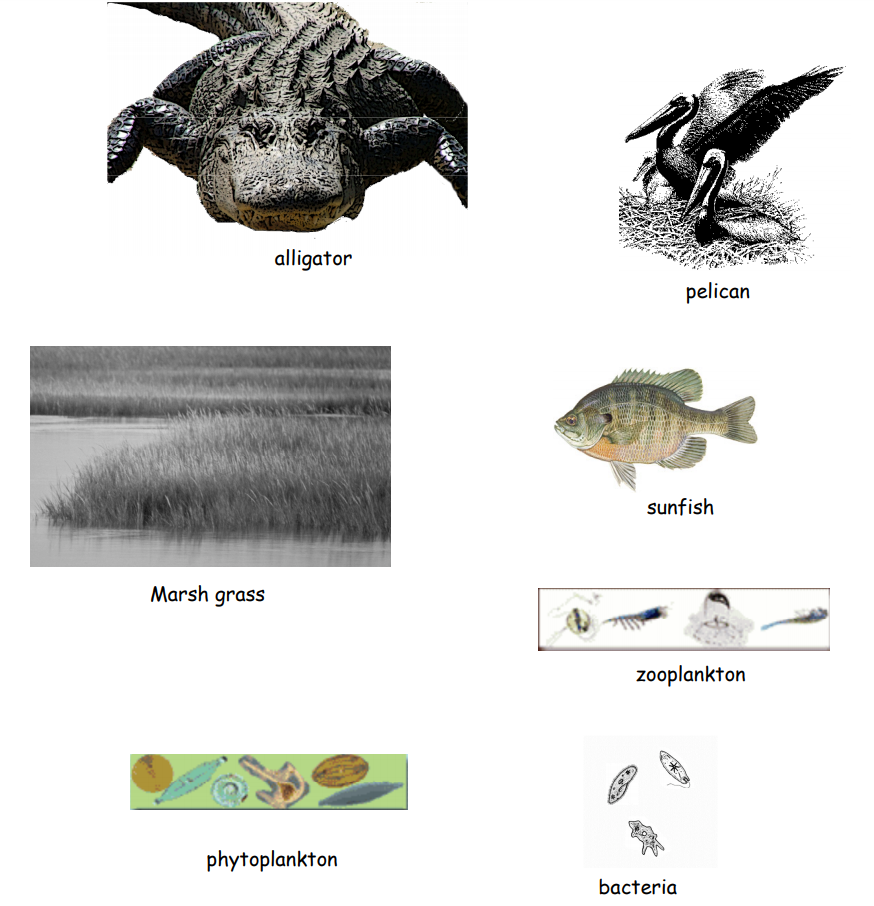Science
Grade Levels: 6th Grade, 7th Grade, 8th Grade, 9th Grade, 10th Grade, 11th Grade, 12th Grade,
Topics: Environmental ScienceEcologyCoastal Wetlands
Concepts:
• Producer
• Consumer
• Decomposer
• Ecology
• Knows that the species in a habitat depend on each other for survival
• Can give examples of relationships among producers, consumers and decomposers in a habitat
Lesson:
Procedure:
Prepare the Futures Channel movie “A Wetlands Refuge” for presentation. Tell students that as they watch the movie, you want them to think about this question (which should be posted):
Why do these plants and animals live here?
At the end of the movie, ask students to work in teams of two or three for a few minutes to list answers to this question. Make a list of their answers, and as you list them put them into one of two columns: “nutrients” and “environment” (do not put headings on the lists). With several items on each list, ask students to try to guess the names of each list, and guide the discussion to focus on the principles that all living things need nutrients, and all living things need an environment with the right temperature range and physical characteristics that allow them to access those nutrients, reproduce and avoid predators.
Distribute the handout and ask teams to take five minutes to write down as many ways as they can think of in which the pictured plants and animals interact with each other. (You may want to discuss one or two points as a class in order to model the activity before turning it over to the teams.)
Discuss a few of the answers, and introduce (or review) the concepts of “producer,” “consumer” and “decomposer” as they describe the function of the pictured organisms.
As an assessment, review the Futures Channel Movie “A Wetlands Refuge,” stopping five or six times as it plays and asking students to write down at least two ways in which the plant or animal pictured at that point interacts with some other plant or animal that lives in the wetlands.
Wetlands Web

